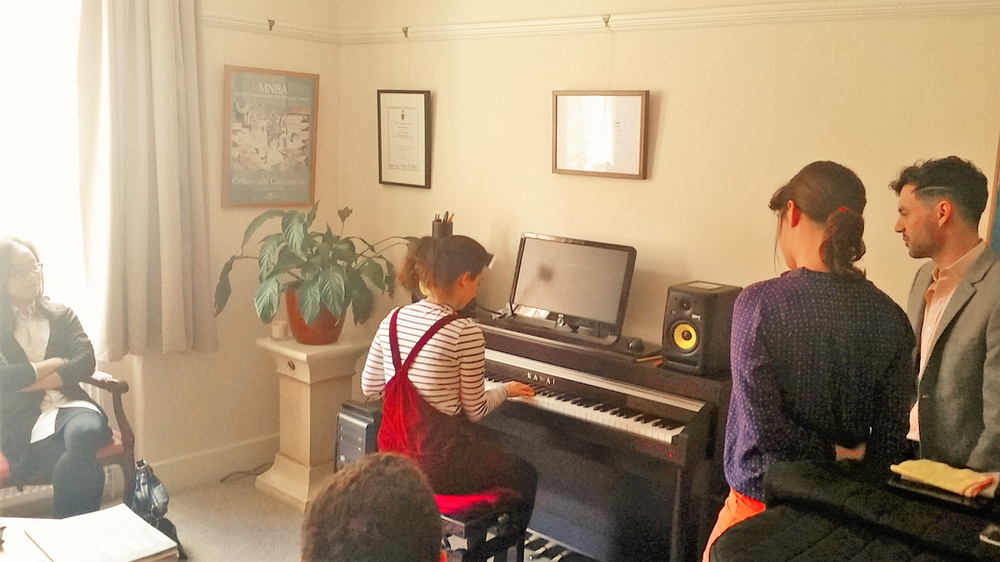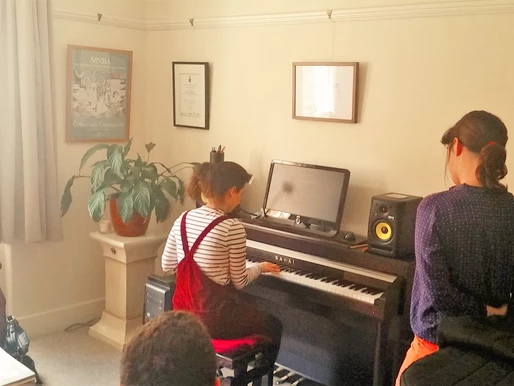Scaramuzza Technique, Uncategorized
Scaramuzza S3 – Wrist Movement

The five pianistic movements can be categorized in two different sorts: spastic and controlled.
The “wrist” movement for example only works as it is expected if we reach its momentum. In other words, it will only action optimally if we drive it rather than if we control it 100%.
The movement is produced by amplifying the vibrations produced by the biceps and triceps while being regularly and delicately contracted and relaxed. When teaching this movement, we should emphasize the fact that it is not pro-actively happening at our wrist, although its visual manifestation is clearly more evident around the carpus.
The best way to learn how to enact this movement is to start shaking our wrist until we reach the momentum: a state in which the wrist keeps on moving almost on its own.
After we have learnt how to lead ourselves to this state, then we will focus on targeting specific keys. We will manage this by tensing one specific finger or fingers, all depending on how many keys we need to attack. They key to implement tension successfully is to not perturb the natural rebounding effect of the wrist movement when we selectively tense the finger/s in question. We can practise in the air by shaking our wrists while we keep one finger noticeably descended from its proximal phalanges. After trying for a while without the pressure of having to target any specific note of the keyboard, then we can exercise on the keyboard hands separate. It is fundamental to keep the not-playing-fingers relaxed at all times, only very slightly lifted. They can even touch the surface of the keys in the process; if they are relaxed enough they want excerpt enough pressure to press them.
We should warn our students so they don’t involve the forearm in the process. The forearm will be like an amplifying handle in this this process. Its only role is to transfer kinetic energy from the biceps and triceps to the wrist.
This momentum will be then organized and synchronized with the time signature or the rhythmic pattern we are trying to follow in any specific passage we are currently working at.
#Scaramuzza

